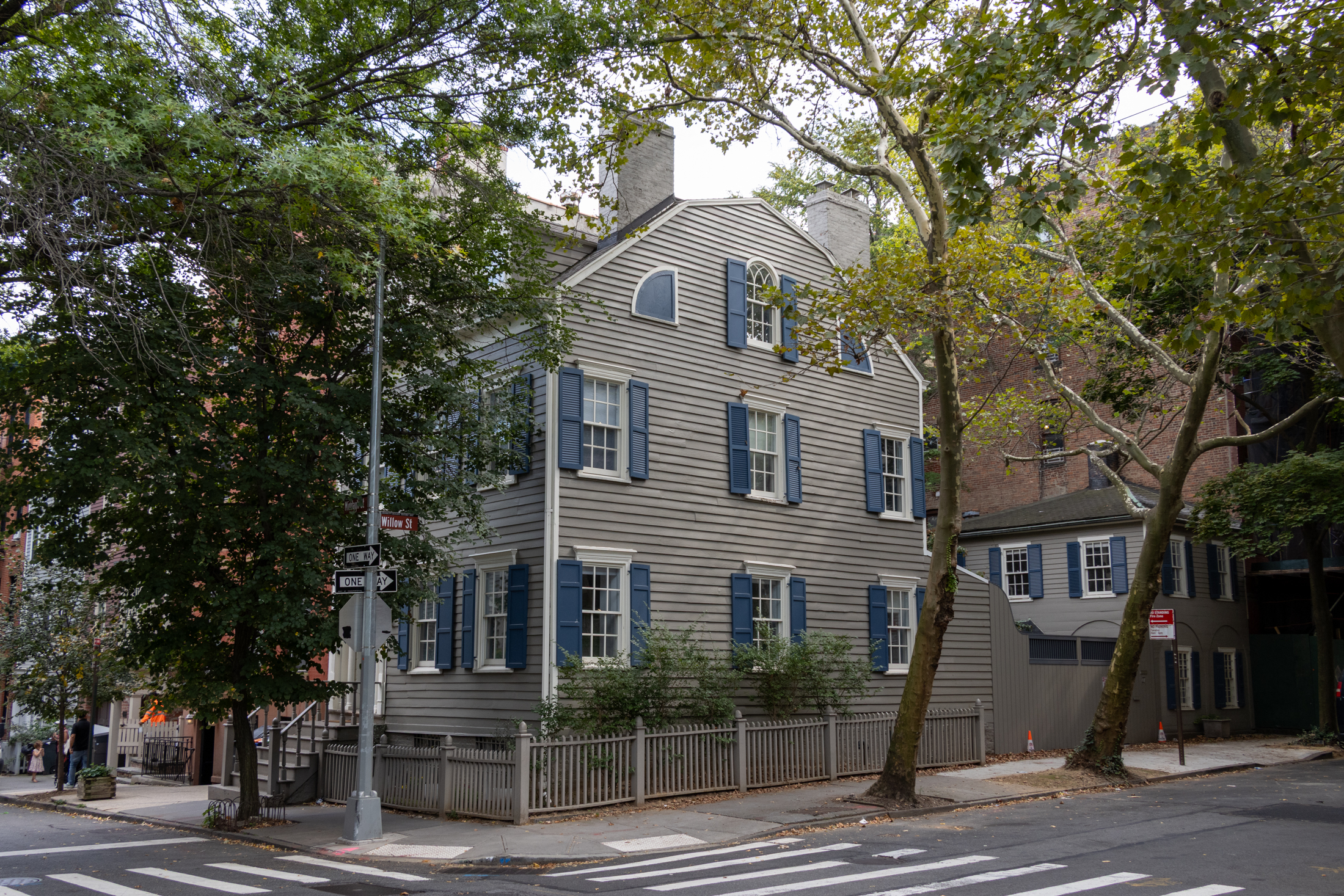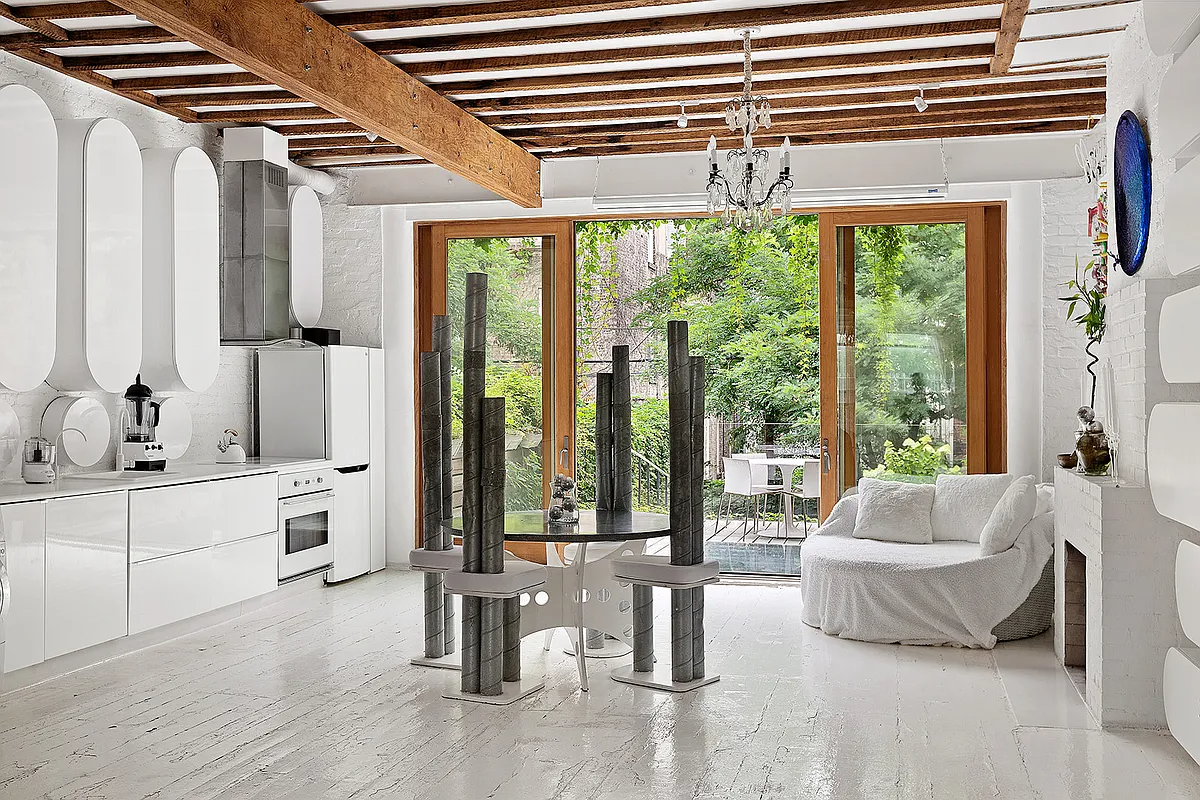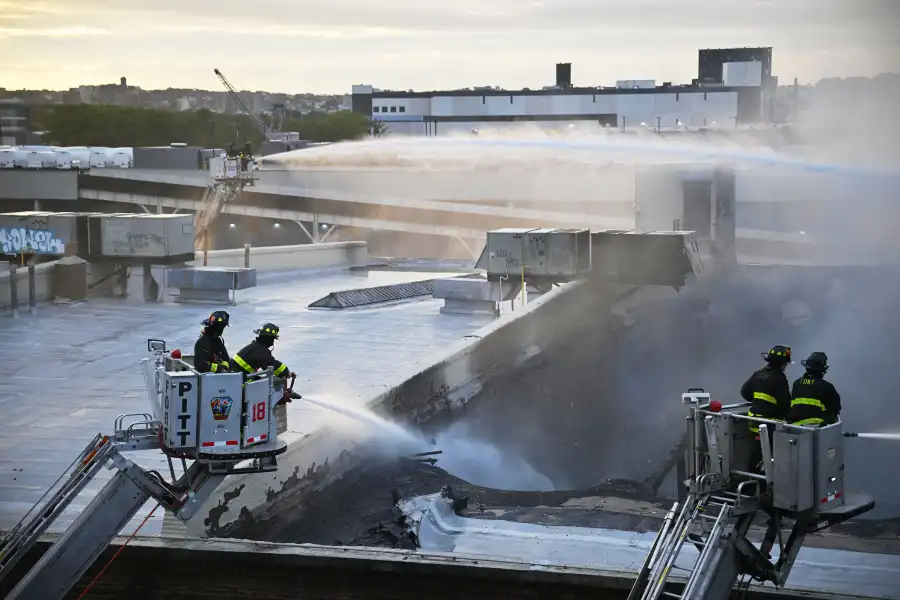New Docs Suggest AY Project Riskier Than Thought
The odds of the Atlantic Yards project being a financial success (and therefore getting completed) look a little dicier based on the information contained in 660 pages of financial information released by the Empire State Development Corporation in response to assemblyman James Brennan’s and State Senator Velmanette Montgomery’s Freedom of Information lawsuit filed back on…


The odds of the Atlantic Yards project being a financial success (and therefore getting completed) look a little dicier based on the information contained in 660 pages of financial information released by the Empire State Development Corporation in response to assemblyman James Brennan’s and State Senator Velmanette Montgomery’s Freedom of Information lawsuit filed back on March 1, reports The New York Times. The documents confirm that the overall project is risky, said Brennan. This information should have been disclosed to the public before the project was approved. Developers and brokers interviewed for the article seemed to agree that Forest City Ratner’s assumptions for its construction costs were too low and its sales prices too high. Bottom line: Ratner’s counting on a continued rising market to bail him out. Regardless of the optimism built into the model, the biggest thing that comes out of the article is that any forecasts for a project this large that occurs over this long a time period have to be taken with a huge grain of salt. I could see this project taking many forms over the years, said RBC real estate analyst Richard Moore. It could go either direction, I imagine. All of this, according to the Atlantic Yards Report, prompts the following questions:
Would Forest City, after getting significant subsidies for infrastructure and the benefit of eminent domain, be required to build its project on any schedule, or could it leave interim surface parking lots indefinitely in Prospect Heights? What profit might the developer actually earn? Should the project be as big as proposed? Is the risk faced more by the public, or by the developer?
By the way, check out this cool photo map that Tracy Collins recently put together.
Official Sees Possible Risk in Big Project in Brooklyn [NY Times]
Murky Times Article on AY Financials [AY Report]





Jojo write:
“…I do find it interesting that opponents of AC on one hand feel like Ratner is going to make too much money on the project and now this article comes out and opponents of AC are now complaining that Ratner may make too little on the project.”
Jojo, here’s the thing — it’s not simply a matter of whether money will be made & how much. As usual, Atlantic Yards Report puts it best:
The question isn’t, “Could the developer make a lot of money?” nor even “What is the public getting and what is the public paying?” but rather, “As things change in the future, who decides how the gains and losses are shared between developer profit and housing affordability?”
http://atlanticyardsreport.blogspot.com/2007/07/on-future-of-atlantic-yards-issue-is.html
Eryximachus, what a brave new world we’ll be living in then. Automation will solve everything! Yeah, I’ve heard of the L train, and the last time I was on it, which was only last week, it was pretty darn crowded, and that was during off peak hours, so I can just imagine what rush hour is like. I’m not seeing the benefit of automation here.
There is no way they are going to fully animate the 4 and 5 anytime soon, so those extra trains are going to be a long time coming. I’m not convinced that full automation will speed things up as much as you think they will. Trains are full of people – people are not automatons, and cannot be regulated and scheduled to the extent that computer models have the traffic flowing. Do we really want to automate the busiest lines in the city? Is the technology able to handle all of the variables here, safely?
In any case, the problem IS that there aren’t enough train lines in this city, especially in all of the outer boroughs. Far too many people have to take a bus to get to the subway. These “two-fare zone” people are in much of the Bronx, most of Queens, and half of Brooklyn. Most of them do work in Manhattan, and more and more people are being forced to live in these zones, due to lack of affordable housing closer to the city. These people are the fastest growing segment of NYC’s population, newcomers and immigrants, and they are most in need of public transportation. There will be waayyyyy more than “a few thousand extra riders”. It would behoove the MTA and city to start planning and working towards accommodating a much larger population using its services. That means hubs like AY will soon be far past their capacity on all lines. There will indeed be problems, lots of them.
I’m not trying to be overly cynical or alarmist, or to pick a fight with you. I just don’t see where the MTA, or the city, FCR, or anyone else, has their ear to the ground here. They seem to love new tech, computer simulations and rosy projections much more than common sense, or the opinions of the common Joes and Janes who actually use these systems. You seem to have bought it, as well.
The 4/5 from Borough Hall is packed form 7am till 9 every morning!
and the fear re Ratner’s projecttions is that if he doesn;t make the planned $$$ upfornt on the luxury , the rest wil never get built (no matter what). he can get out of anything iwth a few busk spread around Albany….
Sterling Silver:
The subway system is not in as dire of a shape as you make it out to be. While the 4 and 5 trains are at maximum capacity, they are the only ones and this certainly isn’t true from Atlantic Avenue to Wall Street. Full automation of the transit system will increase the number of trains by 50%, and this system is very much under construction right now. Have you never heard of the L train?
It is simply not accurate to think that people who will be living in the AY will abandon public transit, especially when every other line is far from maximum capacity.
Brooklyn doesn’t need more subway lines, but it does need a renovation of the whole system as well as implementation of the automation system.
I don’t know, your comments just strike me as a bit alarmist. I transfer at Atlantic Avenue every day for a 6th Ave train and service is fast and not overly crowded. A few thousand extra riders spread out over the many different lines at that station will not have much of an effect, and in 5 years when we have more trains running as a result of automation – there will be no problem at all.
they are? where?
I’m not sure where I come out on this whole thing, but I do find it interesting that opponents of AC on one hand feel like Ratner is going to make too much money on the project and now this article comes out and opponents of AC are now complaining that Ratner may make too little on the project.
Plus, as has been stated so many times that it should print itself at mere mention, there are no plans to improve or expand any kinds of public transportation, let alone streets. AY cheerleaders seem to think that these problems either don’t exist or will solve themselves.
Furthermore, the train lines under AY include the 4 and 5, which are among the most overcrowded lines on the entire system, from end to end. There comes a point where you just can’t cram anymore people into subway cars. Overcrowding causes delays, accidents, subway rider rage, and ultimately people who can, will abandon the overcrowded trains for their cars, which defeats the whole purpose.
As we well know, any public transportation project takes years to “study”, and more years to implement. How long have we been promised the 2nd Ave line? If the MTA was going to do anything in time for the opening of any kind of AY project, it should be well past the “study” and into some kind of implementation. Umm – there hasn’t even been a conversation, as far as I can tell.
Good luck with your urban hub, Euriximachus.
Erixi — the only rason this project is “simply not risky” as you put it is because of truly massive public subsidies. Little risk for the developer, but lots of risk for the public. There has NEVER been a good accounting of the return on these public subsidies. There has NEVER been an analysis of what the level of subsidy will be per “affordable” apartment, and there IS NO legally-binding requirement for FCRC to build the amount of affordable housing that the project will supposedly yield.
You keep saying over and over again that high density over a transit hub justifies this project, as if density trumps EVERY other concern.
You write:
“For the utilities though and infrastructure costs, these are all offset by the increases in the area economy, not to mention the revenue gained from the city income tax.”
One of the things that is so IRRATIONAL about AY is that the superblock design requires that the City MOVE a lot of under-the-street infrastructure from beneath Pacific Street — this is because the City does not allow water mains to be under private property.
AY calls for Pacific Street to be demapped and turned into private property. Therefore, major infrastructure has to be moved, at great expense.
As has been pointed out elsewhere, FCRC justifies the size of AY as necessary given the huge infrastructure expenses of such a project. If AY were not so over-sized, infrastructure costs would be significantly smaller. Once again, whether we are getting a good deal here or not has been completely obscured because moneyed interests and the politicians who cater to them have wanted it that way.
John, the article is talking about the economic success of the development, ie the rate of return on the equity investment.
You may not know this, but the profit a developer makes on a building is essentially based upon the cost to acquire the land and construct the improvements, along with associated sellout costs if condo or the time necessary to achieve stabilized occupancy if its an apartment building.
The land value is low, and the construction costs are known and easily managed by such a large developer. There is demand for housing. There is a housing shortage resulting in high prices/rents.
If this property has a lower land cost than virtually any other successful new development in Brooklyn (and they are ALL successful) why would this project not be successful?
The article makes the erroneous conclusion the rate of return is low enough it would not be a success, and this is false. The article further makes the claim the construction costs are unrealistically low – and this is also false.
Right now, no one can reasonably make the claim the NYC economy is going to falter such that demand for housing is going to drop precipitously. Unemployment is at historically low levels, office vacancy rates are the lowest they have been in decades, and crime continues to be the lowest it has been in the post-1960s era.
Obviously, no one knows the future – but this is about as safe of a real estate investment as you can get. A risky development would be constructing a housing subdivision in Arkansas. This development is simply not risky.
As for the environmental issues – your points are simply false. The problem in this country is a lack of urban development. Projects like AY are the only way we can avoid continued pollution and environmental degradation. How can a high-density development above the nation’s largest transit hub be anything but a positive? Thousands of people who would otherwise drive will take public transportation. The average energy consumption per household for buildings like this is more similar to a third world nation than the average suburban house.
What kind of pollution are you talking about? Obviously, it is not the use of fossil fuels for energy.